
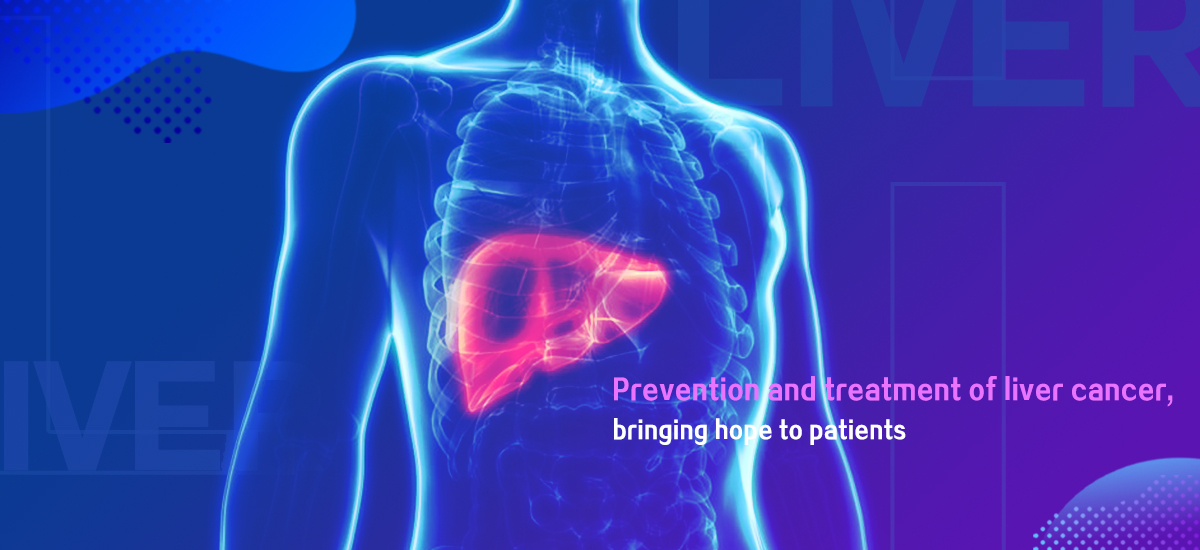
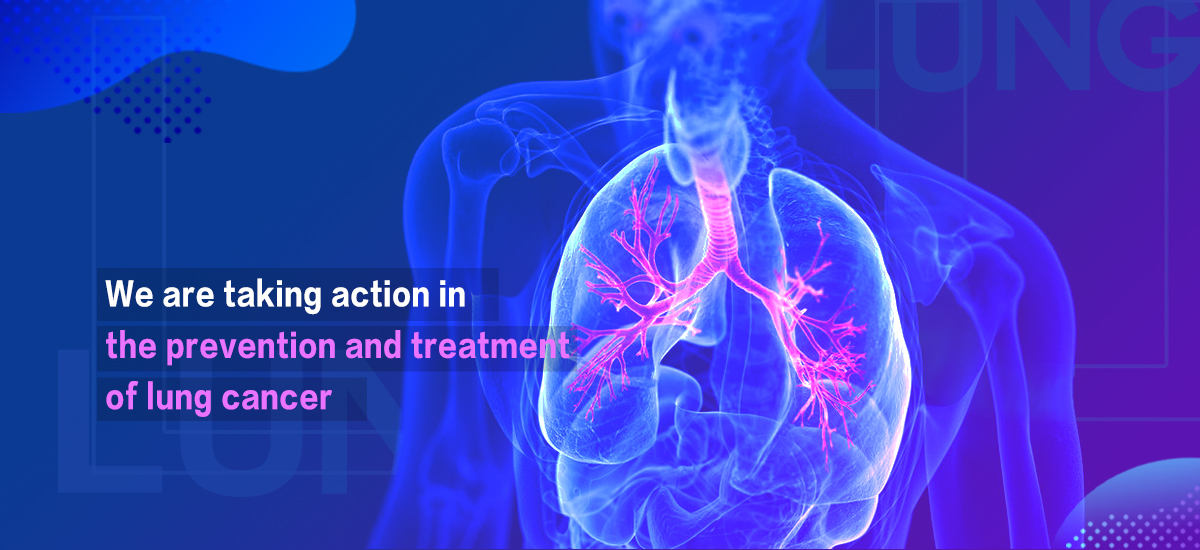







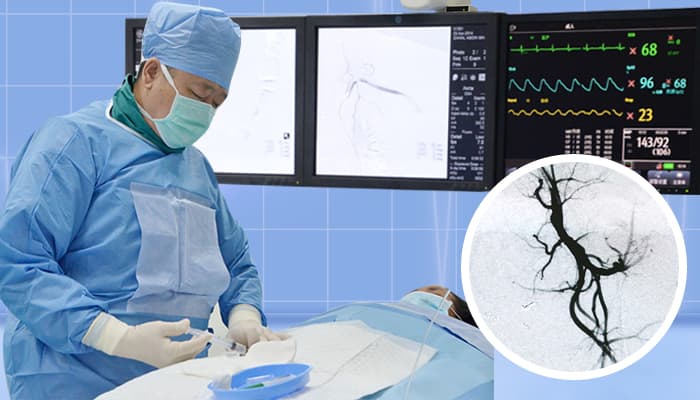
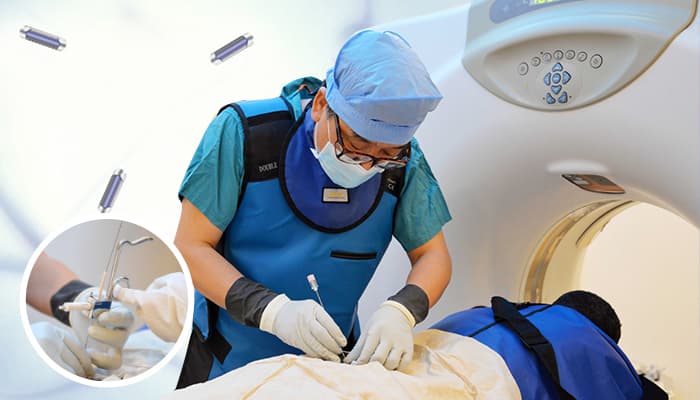
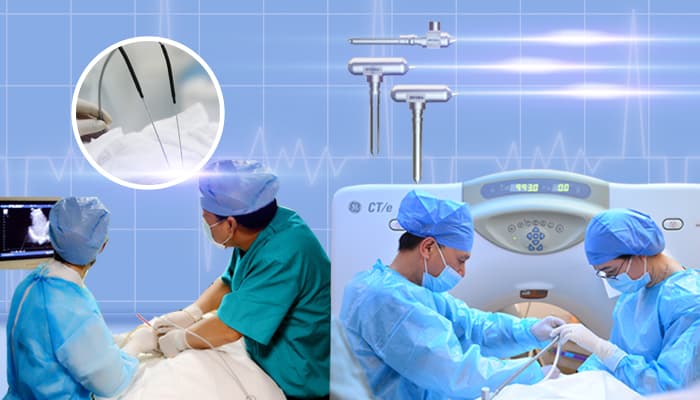
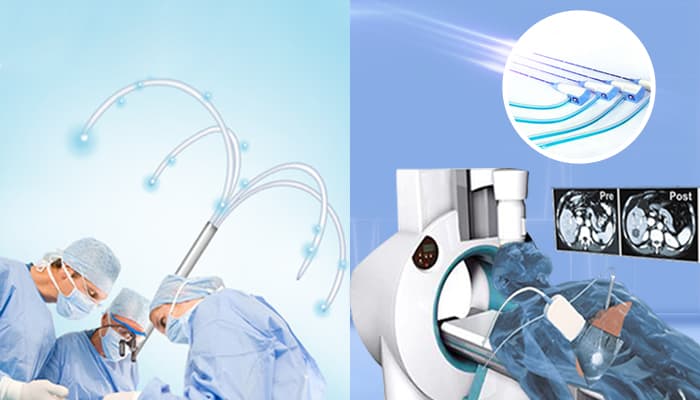



Proper postoperative care can actually promote the recovery andeven multiply the effect of therapy in cases of breasts cancer. Here, we will introduce some nursing skills for patients and their families on several aspects (hygienic, physical and psychological).more

On February 4, 2021,A Cancer Journal for Clinicians (with highest impact factor), released the latest data on global cancer. It shows that breast cancer has already replaced lung cancer as the number one cancer in the world and the age of onset tends to get younger. more

Breast cancer is one of the most common malignant tumors in women, but with the development of medical technology, breast cancer is no longer an incurable disease. Patients need to pay more attention to their daily diet during treatments of breast cancer, today we will be giving some tips about their diet.more
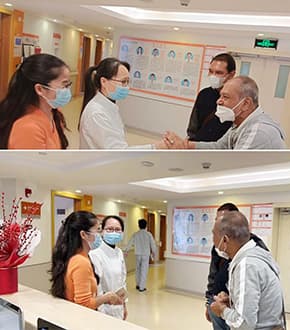
Jaffar,是一位穆斯林阿訇,非常开朗和阳光。多年前因心脏病患安装了支架,这次面对癌症,他同样没有给疾病打败。积极的他开始寻找更适合微创方式对付癌症。在朋友的引荐下,他与来自 广州现代肿瘤医院的柯利群教授、林菁医生结缘,并开启了中国广州的抗癌之旅。更多

为庆祝端午节,广州现代肿瘤医院为大家精心准备了端午节活动,活动包含包粽子大赛、绘制彩蛋和各式趣味小游戏等。在包粽子大赛中,马来西亚小组包了99只粽子,荣获第三名!广州现代肿瘤医院提前祝大家端午节快乐,以后我们也将会多多举办类似的活动,帮助患者放松心情、获得更好的治疗效果!更多

“医生辛苦从不言,只为病患能康安”—院内李凯患者经轻友介绍跨越千里来广州求医。病魔无情人有情!患者家属是位听障人士,尽管如此,并不影响医患的沟通。病区全体医护尽心照料,耐心手笔沟通,让患者和家属感受到极大的温暖!更多

3月22日,马来西亚砂劳越旅游部长拿督陈超耀律师在健康科普讲座举办间歇专程来到圣丹福广州现代肿瘤医院驻马来西亚办事处,与彭晓赤教授和办事处职员们亲切进行交流 ,充分认可和赞赏圣丹福广州现代肿瘤医院的技术和治疗理念,并表示愿意与圣丹福广州现代肿瘤医院一同为大马人民的肿瘤防治献策献力。 科学治疗肿瘤,我们一直在路上。更多
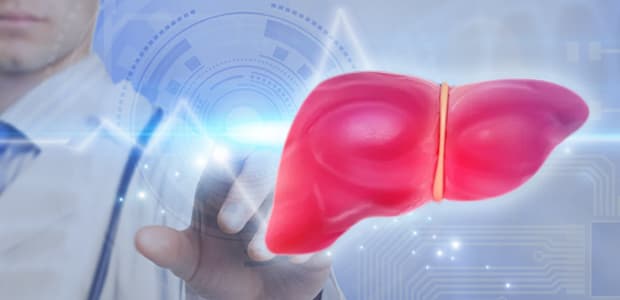

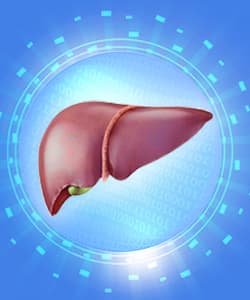












The liver is the largest organ in the human body with multiple functions. Other than being the center of detoxification, the liver is also responsible for the metabolism of various nutrients in daily diet, converting the activity of drugs, synthesizing proteins and excreting the aging erythrocytes that are destroyed in blood, these are the reasons why the liver needs to be well taken care of.more

Pre- and post-operative care for is very crucial for liver cancer patient, how should patients or their family members provide proper care? more

As the saying goes, "nourishing the liver is nourishing your life". Because the liver is the key to metabolism, it’s responsible for most of the detoxifying for our body, everything we eat, every glass of water we drink, including medicines, all need to go through the liver for processing.more

Jaffar,是一位穆斯林阿訇,非常开朗和阳光。多年前因心脏病患安装了支架,这次面对癌症,他同样没有给疾病打败。积极的他开始寻找更适合微创方式对付癌症。在朋友的引荐下,他与来自 广州现代肿瘤医院的柯利群教授、林菁医生结缘,并开启了中国广州的抗癌之旅。更多

为庆祝端午节,广州现代肿瘤医院为大家精心准备了端午节活动,活动包含包粽子大赛、绘制彩蛋和各式趣味小游戏等。在包粽子大赛中,马来西亚小组包了99只粽子,荣获第三名!广州现代肿瘤医院提前祝大家端午节快乐,以后我们也将会多多举办类似的活动,帮助患者放松心情、获得更好的治疗效果!更多

“医生辛苦从不言,只为病患能康安”—院内李凯患者经轻友介绍跨越千里来广州求医。病魔无情人有情!患者家属是位听障人士,尽管如此,并不影响医患的沟通。病区全体医护尽心照料,耐心手笔沟通,让患者和家属感受到极大的温暖!更多

3月22日,马来西亚砂劳越旅游部长拿督陈超耀律师在健康科普讲座举办间歇专程来到圣丹福广州现代肿瘤医院驻马来西亚办事处,与彭晓赤教授和办事处职员们亲切进行交流 ,充分认可和赞赏圣丹福广州现代肿瘤医院的技术和治疗理念,并表示愿意与圣丹福广州现代肿瘤医院一同为大马人民的肿瘤防治献策献力。 科学治疗肿瘤,我们一直在路上。更多


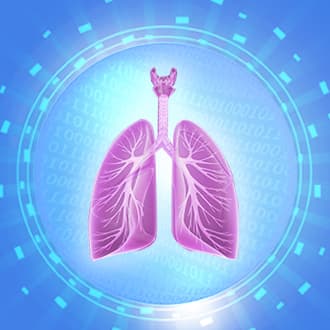
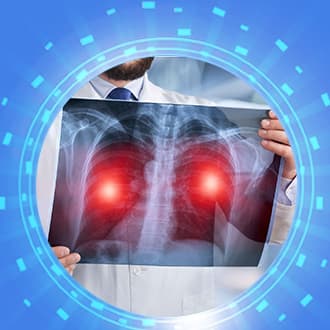










The lung is the most "fragile" organ in the human body, and many infectious diseasesprimarily attack the lungs. However, there is no need to worry too much. As long as the following eight points are well done on a daily basis, it can "reduce the burden" on the lungs.more
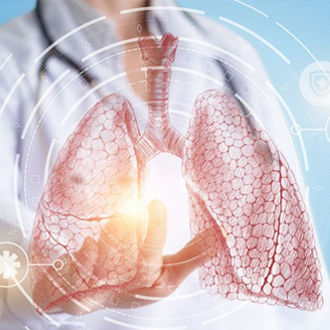
The lung is one of the most important organs in the human body, and its most important function is vital breathing. However, the air in the current living environment is filled with car exhaust and PM2.5, which will affect lung ventilation and reduce lung function. Although it is difficult to avoid, we can maintain the health of the lungs from the details of daily life.more

Lung cancer patients are always too cautious about their daily diet. Here are some ways to dispel their dietary doubts.more

Jaffar,是一位穆斯林阿訇,非常开朗和阳光。多年前因心脏病患安装了支架,这次面对癌症,他同样没有给疾病打败。积极的他开始寻找更适合微创方式对付癌症。在朋友的引荐下,他与来自 广州现代肿瘤医院的柯利群教授、林菁医生结缘,并开启了中国广州的抗癌之旅。更多

为庆祝端午节,广州现代肿瘤医院为大家精心准备了端午节活动,活动包含包粽子大赛、绘制彩蛋和各式趣味小游戏等。在包粽子大赛中,马来西亚小组包了99只粽子,荣获第三名!广州现代肿瘤医院提前祝大家端午节快乐,以后我们也将会多多举办类似的活动,帮助患者放松心情、获得更好的治疗效果!更多

“医生辛苦从不言,只为病患能康安”—院内李凯患者经轻友介绍跨越千里来广州求医。病魔无情人有情!患者家属是位听障人士,尽管如此,并不影响医患的沟通。病区全体医护尽心照料,耐心手笔沟通,让患者和家属感受到极大的温暖!更多

3月22日,马来西亚砂劳越旅游部长拿督陈超耀律师在健康科普讲座举办间歇专程来到圣丹福广州现代肿瘤医院驻马来西亚办事处,与彭晓赤教授和办事处职员们亲切进行交流 ,充分认可和赞赏圣丹福广州现代肿瘤医院的技术和治疗理念,并表示愿意与圣丹福广州现代肿瘤医院一同为大马人民的肿瘤防治献策献力。 科学治疗肿瘤,我们一直在路上。更多










